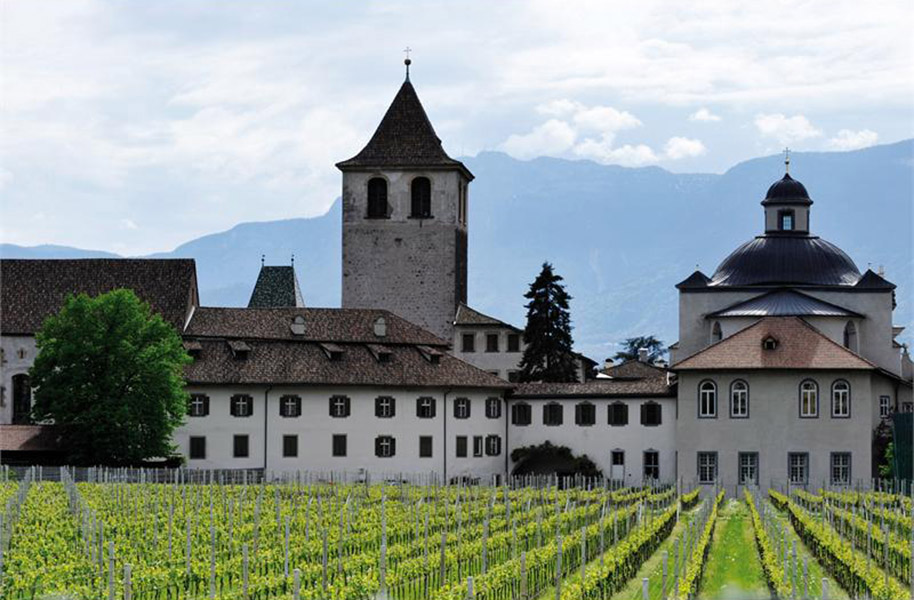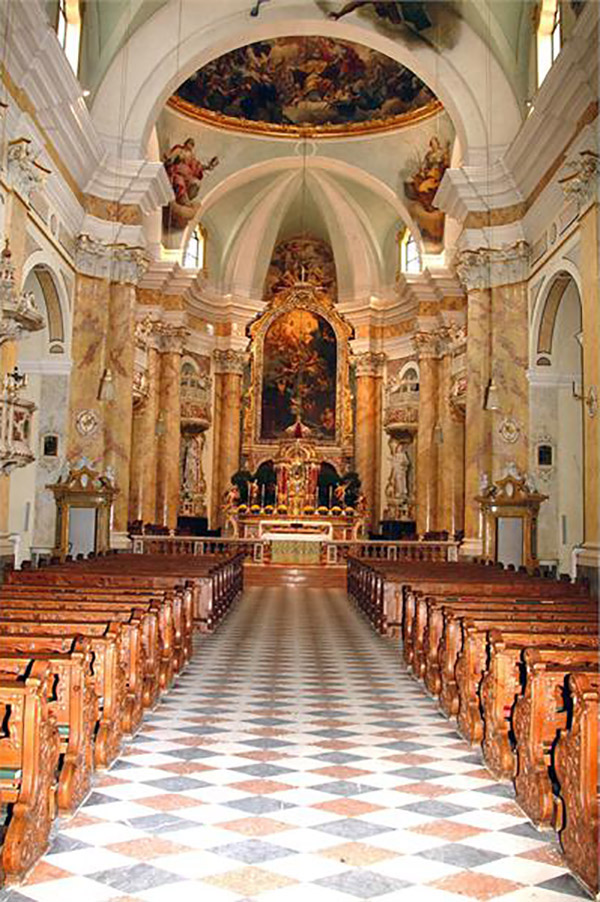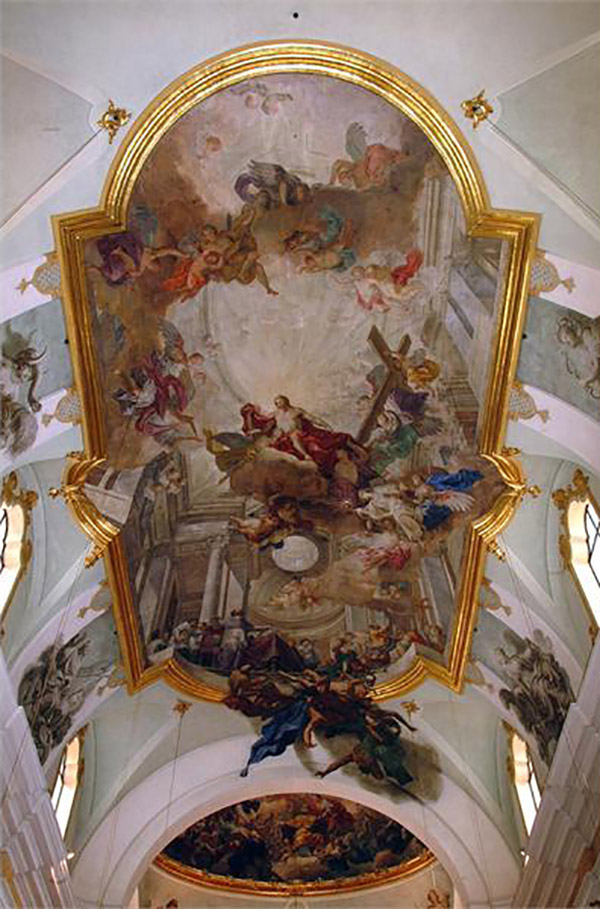Abbazia dei Benedettini di Muri-Gries
 Chiese
Chiese
-
 0471281116
0471281116
-
 info@muri-gries.it
info@muri-gries.it
-
 sito web
sito web
-
Lun 09.00 - 19.00 Mar 09.00 - 19.00 Mer 09.00 - 19.00 Gio 09.00 - 19.00 Ven 09.00 - 19.00 Sab 09.00 - 19.00 Dom 09.00 - 19.00
Descrizione
Al centro del quartiere si estende piazza Gries, fiancheggiata sulla sua destra dal complesso architettonico dell'Abbazia dei Benedettini di Muri-Gries. Il monastero, abitato dapprima dai monaci Agostiniani (1406), fu saccheggiato dai contadini insorti nel 1525 e devastato durante le guerre napoleoniche. Soppresso nel 1807 dal governo bavarese, fu donato nel 1845 dall'Imperatore d'Austria ai padri Benedettini di Muri (Svizzera). Il nucleo più antico è rappresentato dal castello, costruito nel 1200 dai conti Morit-Greifenstein, il cui mastio originario è ora adibito a torre campanaria della chiesa. Al suo interno si trova una delle campane più pesanti dell'Alto Adige (5.026 kg). Nella chiesa abbaziale di Sant'Agostino, costruita in stile barocco fra il 1769 e il 1771, si trovano splendidi affreschi, realizzati sulla volta della navata e sulla cupola, e da sette pale d'altare eseguite dal noto pittore tirolese Martin Knoller.
Piazza Gries, with the architectural complex of the Abbey of Benedettini di Muri-Gries on the right handside, is right in the middle of the quarter. The monastery, initially hosting Agostinian monks (1406), was damaged by peasant revolts in 1525 and destroyed during the Napoleonic wars. It was suppressed by the Bavarian government in 1807 and donated by the Austrian Emperor to Benedectine Muri Monks (Switzerland) in 1845. The oldest centre is the castle, built by the Morit-Greifenstein Counts in 1200, and whose original 'mastio' (tower) today is the church's bell tower. It hosts one of the heaviest bells in Alto Adige (5,026 kg).
Die Klosteranlage, früher von den Augustiner Chorherren (1406) bewohnt, wurde während der Bauernkriege (1525) von den aufständischen Landwirten geplündert und später während der napoleonischen Kriege stark beschädigt. 1807 wurde das Kloster von der bayrischen Regierung säkularisiert, und 1845 schenkte es der österreichische Kaiser den Benediktinerpatres aus Muri in der Schweiz. Den ältesten Teil der Anlage stellt die Burg aus dem 12. Jahrhundert dar, errichtet von den Grafen Morit-Greifenstein, deren Hauptturm heute als Glockenturm der Kirche dient. In seinem Inneren befindet sich eine der schwersten Glocken Südtirols (über 5 Tonnen).



